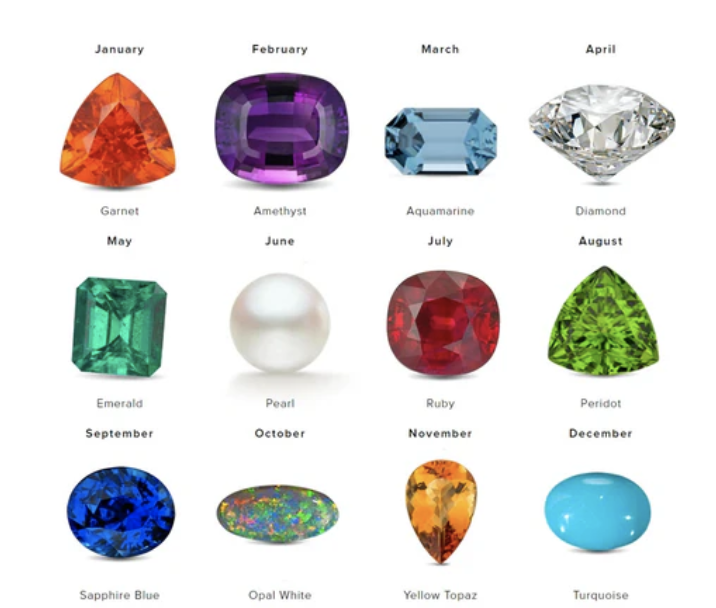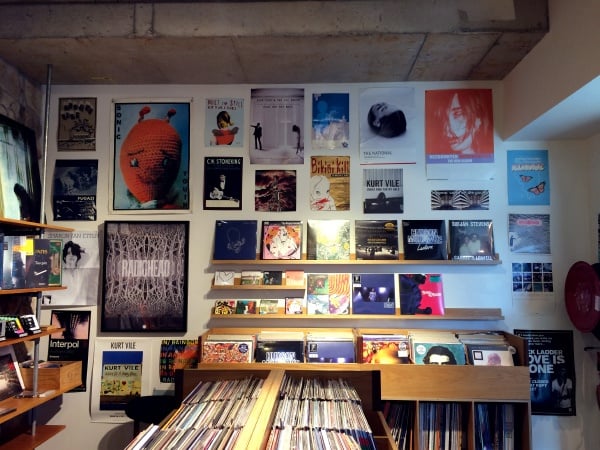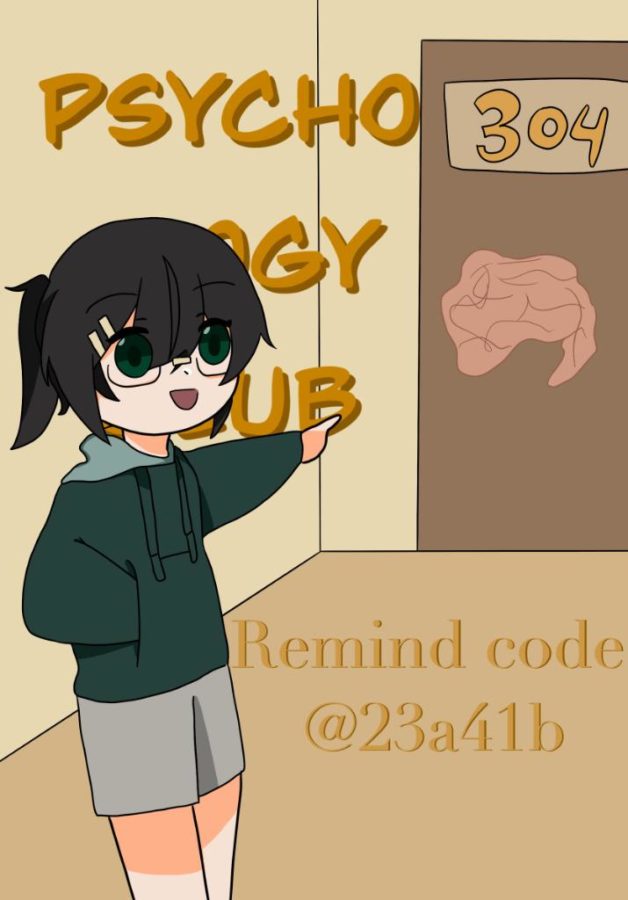The Impact of Social Media on Students’ Minds: Research Project from YLHS Psychology Club
The YLHS Psycholgy clubs welcomes students who are interested in Psychology to join their club. The remind code are @23a41b
June 5, 2023
In today’s highly connected world, social media has become a vital aspect of teenagers’ daily routines. Maggie Wang, the Psychology president introduced, “[o]ur club discovered an article in the New York Times about people’s perspectives on social media, which are extreme. So we want to figure out what impacts social media has on teenagers.” Maggie Wang (10)
To gain insights into this matter, the psychology club conducted a research project that lasted a week (from 5/22/23 to 5/26/23) and gathered 33 valuable YLHS student participants. Here are the results.
Social Media Usage and Platforms:
The research found that 97% of the students use social media platforms. The most popular platforms were Snapchat, Instagram, and TikTok. On average, students spent approximately two hours per day engaging with social media content. These findings highlight the significant role that social media plays in their daily routines.
Parental Perspectives:
36% of the student’s parents had concerns about overusing social media. However, 64% of parents believe their children’s social media use is reasonable. Also, 91% of the students agreed with their parents’ concerns. This suggests that students have some level of awareness and self-regulation about their social media habits.
Activities and Emotional Responses:
When students were unable to access social media, students had various alternative activities to do such as gaming, playing sports, reading, studying, or spending time outdoors. This demonstrates that students actually can do many other things without using social media.
Impact on Mood and Connection:
Notably, 94% of the students felt happy and entertained while using social media, and after using social media, a decreasing number of only 79% of the participants feels happy or entertained, while others feel bored, empty, sad, or stressed. When asked about the impact of social media on their overall mood (1 not much to 10 a lot), students gave an average rating of 5, indicating a moderate impact. Additionally, the average score for feeling connected with the people around them was 7, this indicates that social media positively contributed to their sense of social connection.
Perception of Effects:
According to the research, 75% of students believe that social media has a positive impact on their well-being. These positive effects may stem from the ability to stay in touch with friends and access entertainment content. In contrast, 15% of participants felt that social media had a negative impact on their mental state.
“We figured that it is actually a common thing for the students to seek short-term entertainment on social media, causing them to feel empty after using these apps. It is also worth mentioning that a lot of students get connected with their friends through the contents on social media, like the popular memes.” Maggie Wang (10)
The findings point out that while social media brings joy, entertainment, and a sense of connection to most students, some students still experience negative emotions through social media. It is necessary to maintain a balance between social media use and normal life to ensure that students can have good mental health. As we guide the increasingly complex digital landscape, it is essential to remain alert and proactive in promoting digital literacy and healthy use habits to help students enjoy the advantages of social media while mitigating any possible adverse effects.





































